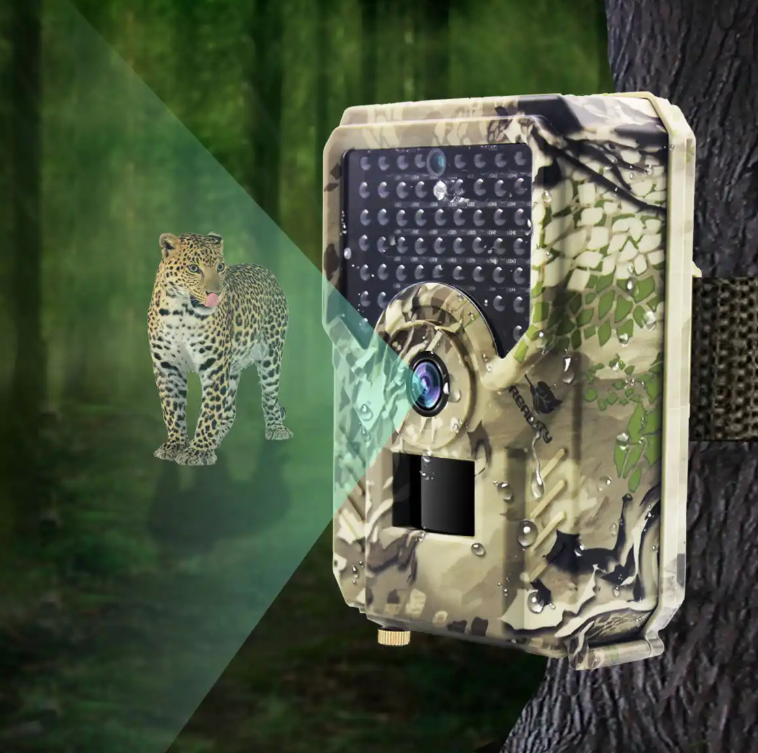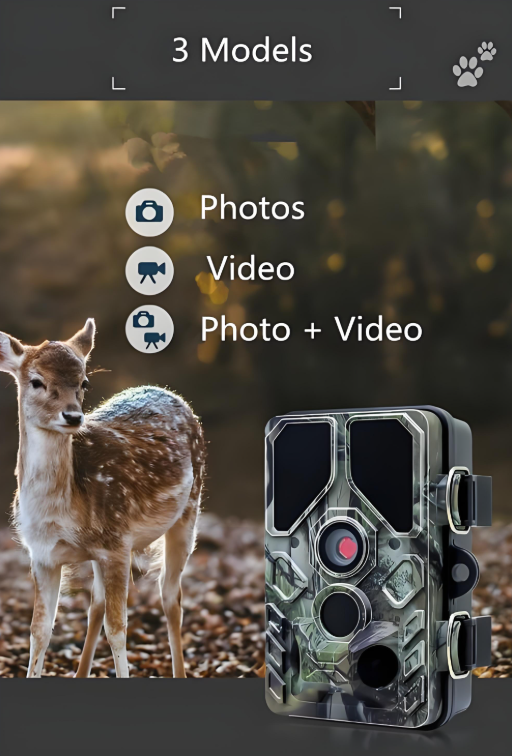Infrared cameras are mainly used for monitoring and shooting in environments without visible light or low light.
The core working principle of infrared cameras is to illuminate objects with infrared rays, which are diffusely reflected by the camera and form video images. Specifically, the infrared camera has a built-in infrared lamp that emits infrared rays to illuminate objects, which are diffusely reflected by the surveillance camera and form video images. This technology is particularly effective in dark environments because infrared rays can provide sufficient illumination in the absence of visible light, allowing the camera to capture clear images.

Application scenarios of infrared cameras Night monitoring: At night or in low-light environments, infrared cameras can illuminate the monitored area by emitting infrared light, thereby capturing clear images. Harsh weather conditions: In harsh weather conditions such as rain and fog, infrared cameras can still provide clear monitoring images. Special environments: In some places that require covert monitoring, such as banks and warehouses, infrared cameras can monitor without exposing light sources. Technical types of infrared cameras
Passive infrared camera technology: Utilize the principle that any object above absolute zero will emit infrared light, and use special thermal infrared night vision devices to achieve nighttime monitoring.
Active infrared camera technology: Infrared light is emitted through a built-in infrared lamp, and after irradiating the object, it is reflected back to the camera for imaging.

Advantages and disadvantages of infrared cameras
Advantages: Able to work in dark or low-light environments, providing clear monitoring images; suitable for various severe weather conditions.
Disadvantages: May be subject to electromagnetic interference; in some cases, the presence of infrared light may be detected, affecting concealment.

In summary, infrared cameras have a wide range of applications in the field of security monitoring due to their unique ability to work at night and in low-light environments.


